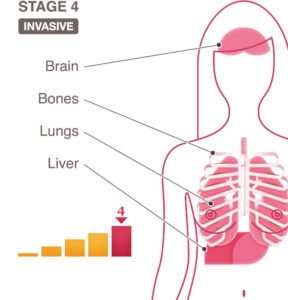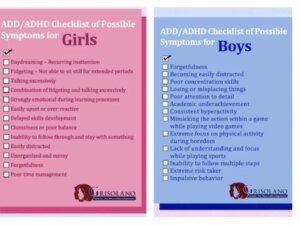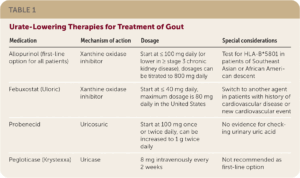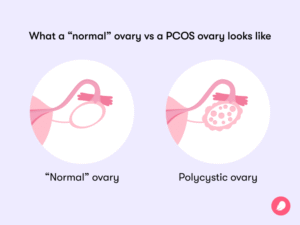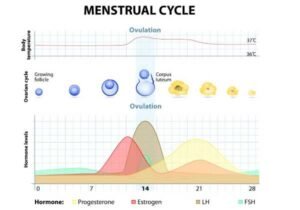Ovarian Cyst Rupture_ Pain Symptoms From Burst Cyst
Understanding Ovarian Cyst Ruptures: Symptoms, Pain, and Treatment
A ruptured ovarian cyst occurs when a fluid-filled sac on the ovary bursts. While many cases are harmless and go unnoticed, some ruptures can lead to severe pain or complications requiring immediate medical attention. If you experience intense pelvic pain, heavy bleeding, rapid heartbeat, or dizziness, seek medical care immediately.
Ovarian cysts themselves are typically harmless and often go unnoticed until they rupture. However, complications from a ruptured cyst can include infection, ovarian torsion, or internal bleeding.
Key Symptoms of a Ruptured Ovarian Cyst
Most small to medium-sized cysts that rupture may not cause noticeable symptoms. However, larger cysts can lead to intense and sudden lower abdominal or pelvic pain, often felt more on one side.
Common Signs Include:
-
Sudden sharp pain in the lower abdomen or back
-
Vaginal spotting or abnormal bleeding
-
Bloating or abdominal swelling
-
Nausea or vomiting
-
Fever
-
Dizziness or fainting
Pain is often compared to appendicitis and typically intensifies on one side of the body.
When to Seek Emergency Care
You should seek urgent medical help if you experience any of the following:
-
Severe abdominal pain that doesn’t improve with rest
-
Pain accompanied by vomiting and fever
-
Heavy bleeding with symptoms like lightheadedness, shortness of breath, or a racing heart
Can a Ruptured Ovarian Cyst Be Dangerous?
While many ruptured cysts resolve on their own, others can become serious medical emergencies.
Potential Complications:
-
Infection: Especially if the cyst developed due to STIs like chlamydia or gonorrhea. If untreated, this can lead to sepsis—a life-threatening response to infection.
-
Ovarian torsion: The ovary may twist, cutting off its blood supply. This can cause permanent damage and requires emergency surgery.
-
Heavy internal bleeding: A rupture near a blood vessel can lead to internal bleeding, causing a condition called hemoperitoneum, where blood pools in the abdominal cavity.
What Causes Ovarian Cysts to Rupture?
There’s no single cause, but physical strain, intense exercise, or sexual activity may increase the risk. The type of cyst also plays a role.
Common Types of Ovarian Cysts and Their Origins
1. Functional Cysts
These occur during the menstrual cycle in people who haven’t reached menopause.
-
Follicular Cysts: Form when a follicle fails to release an egg and continues to grow.
-
Corpus Luteum Cysts: Develop after an egg is released; if not reabsorbed, it can grow into a cyst.
2. Endometriomas
Linked to endometriosis, these cysts form when tissue similar to the uterine lining grows on the ovary and bleeds with each cycle, forming “chocolate cysts.”
3. Dermoid Cysts
Congenital cysts that may contain hair, teeth, or fat. Often found in women of reproductive age but can also appear post-menopause.
4. Cystadenomas
Benign tumors that form on the outer surface of the ovary, seen in both pre- and postmenopausal individuals.
How Are Ruptured Ovarian Cysts Diagnosed?
Primary Diagnostic Tools:
-
Ultrasound: Detects fluid around the ovary or shows an empty cyst sac.
-
Complete Blood Count (CBC): Checks for signs of infection or internal bleeding.
Doctors may rule out other conditions with similar symptoms such as:
-
Ectopic pregnancy
-
Pelvic Inflammatory Disease (PID)
-
Kidney stones
-
Appendicitis
Is Ovulation Pain Related?
Mild ovulation pain, known as Mittelschmerz, is normal and usually harmless. However, if the pain is severe or ongoing, it may signal a ruptured cyst or another underlying issue such as endometriosis or polycystic ovary syndrome (PCOS).
Treatment Options for a Ruptured Ovarian Cyst
In many cases, ruptured cysts require no treatment other than rest and pain relief. If the bleeding is minimal and vital signs are stable, over-the-counter painkillers may be sufficient.
More Intensive Care May Include:
-
Hospitalization: For cases involving heavy bleeding or complications.
-
Surgery: In rare instances, laparoscopic surgery may be needed to stop internal bleeding or remove the cyst.
How Long Does the Pain Last?
Pain from a ruptured ovarian cyst can last a few hours to several days. If the pain persists or worsens, your doctor may recommend additional pain management or further investigation.
Preventing Ruptured Ovarian Cysts
While you can’t entirely prevent ovarian cysts, regular gynecological exams can help monitor their size and nature. If a cyst is found during a routine check-up and is large or painful, your doctor may recommend laparoscopic surgery to remove it as a precaution.
Final Thoughts
Ovarian cysts are common and often harmless, but a ruptured cyst can occasionally become a serious health concern. Prompt medical evaluation is crucial if you experience sudden or severe pelvic pain. Timely diagnosis and treatment can help prevent complications such as infection or internal bleeding.
